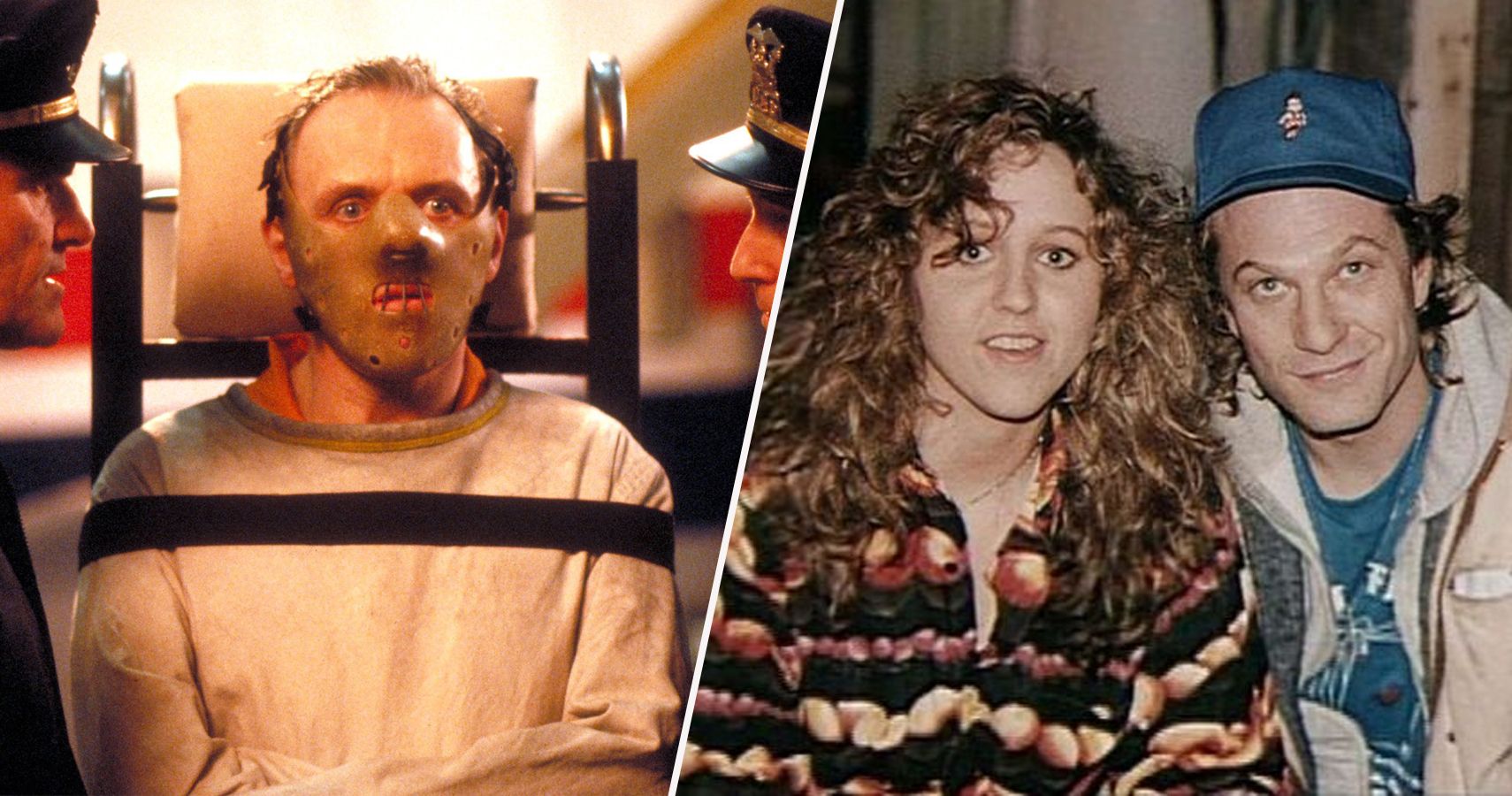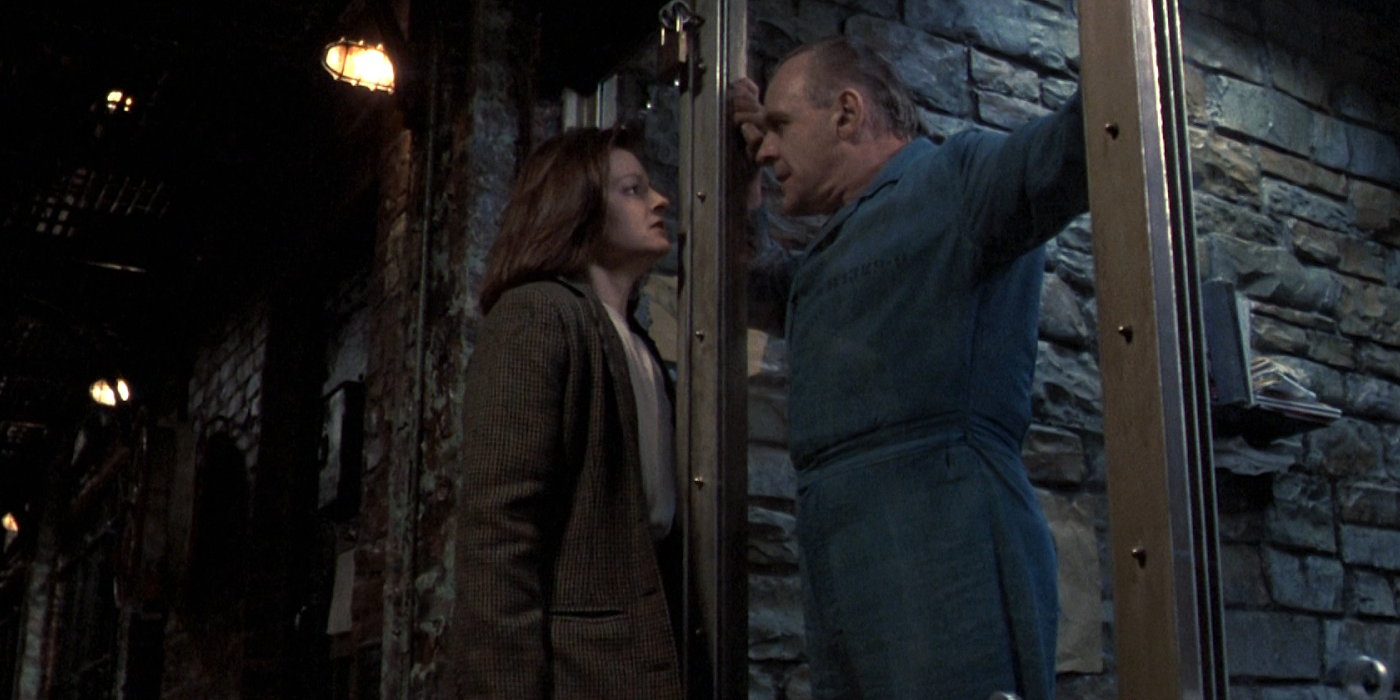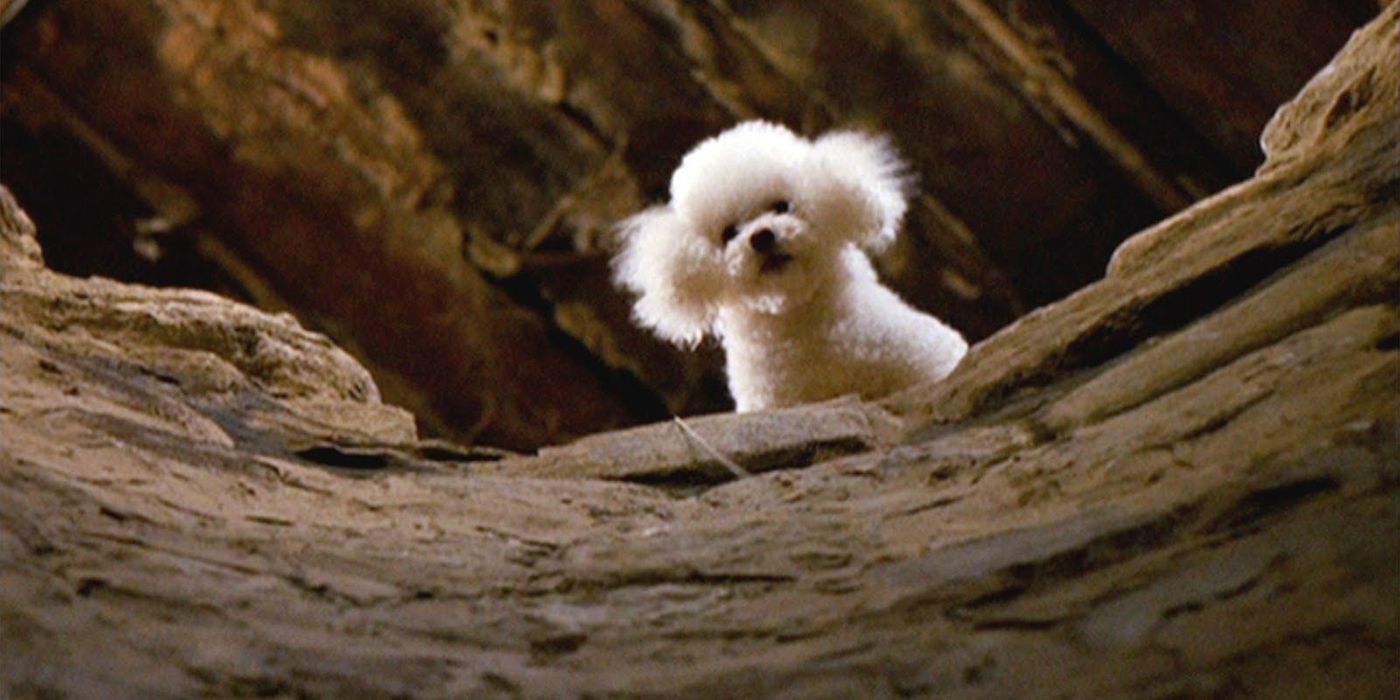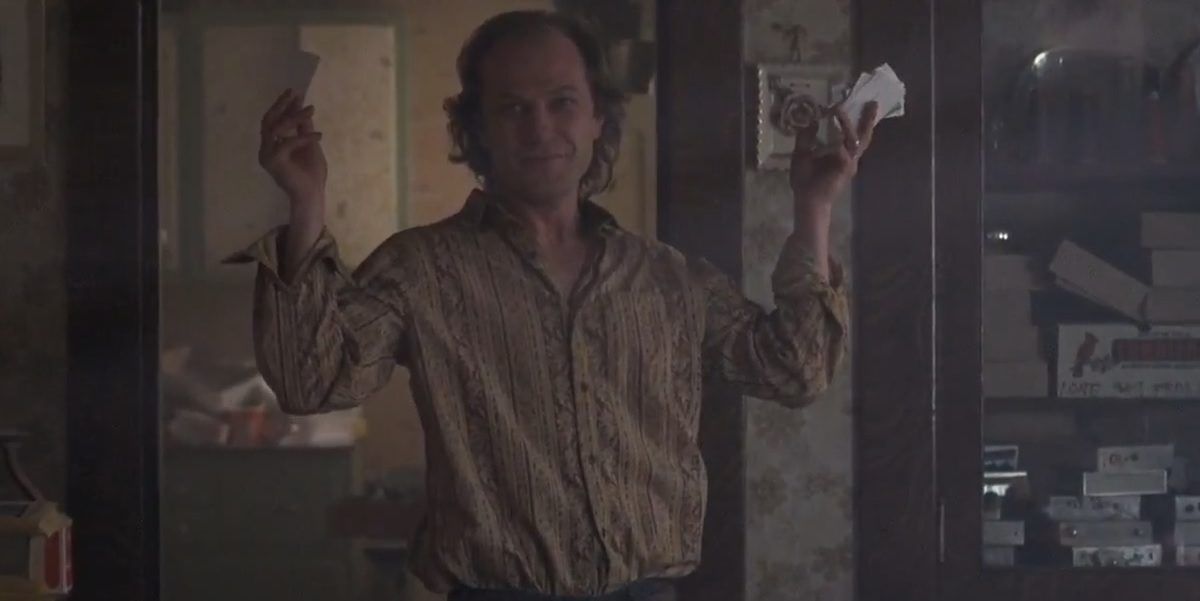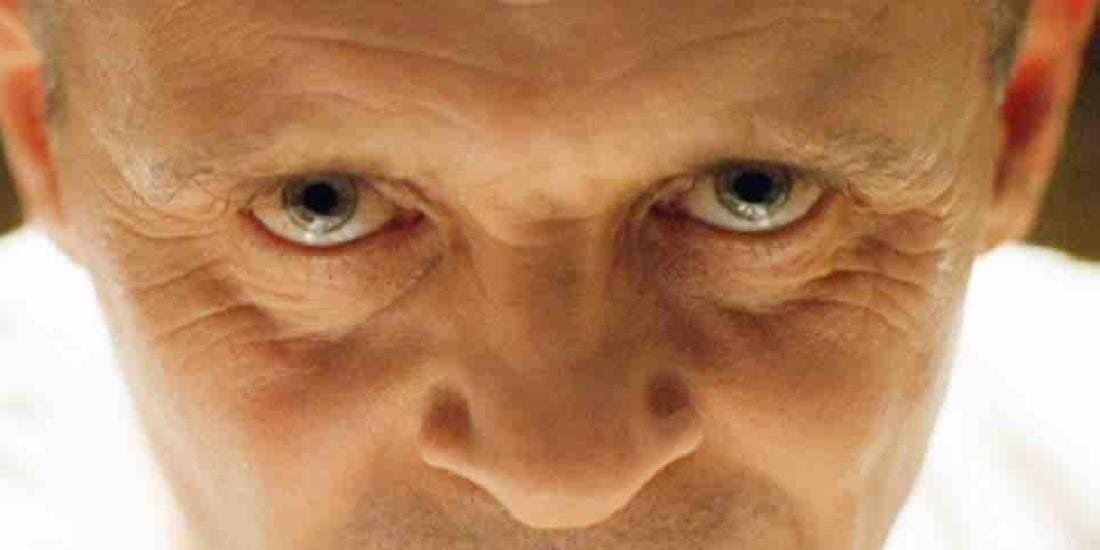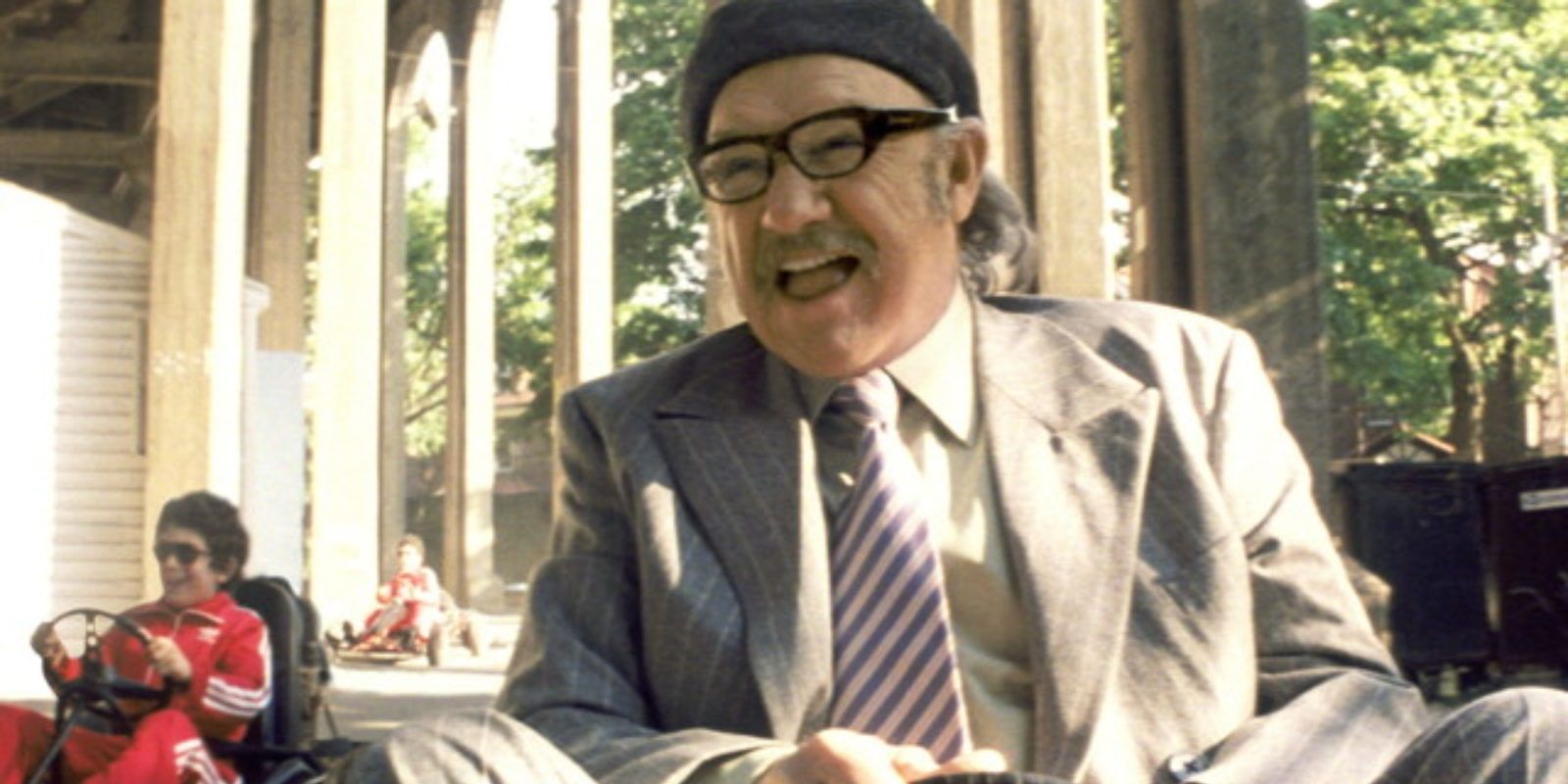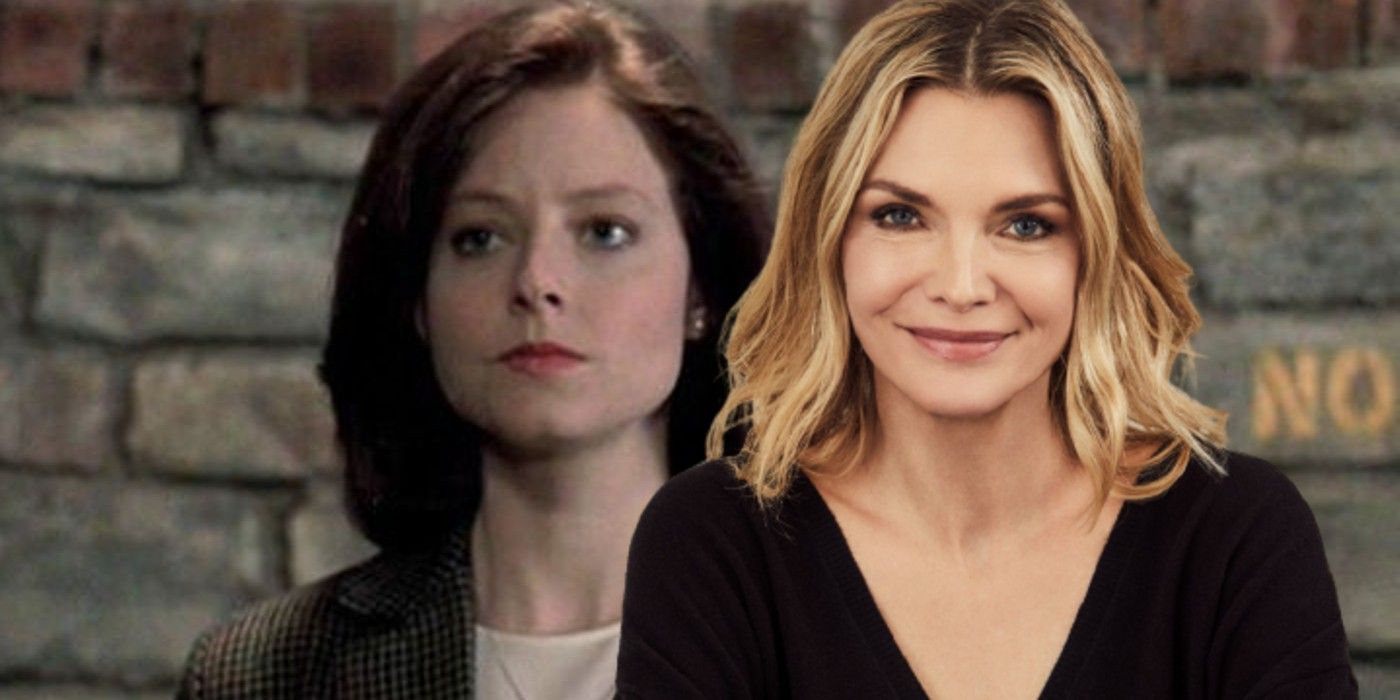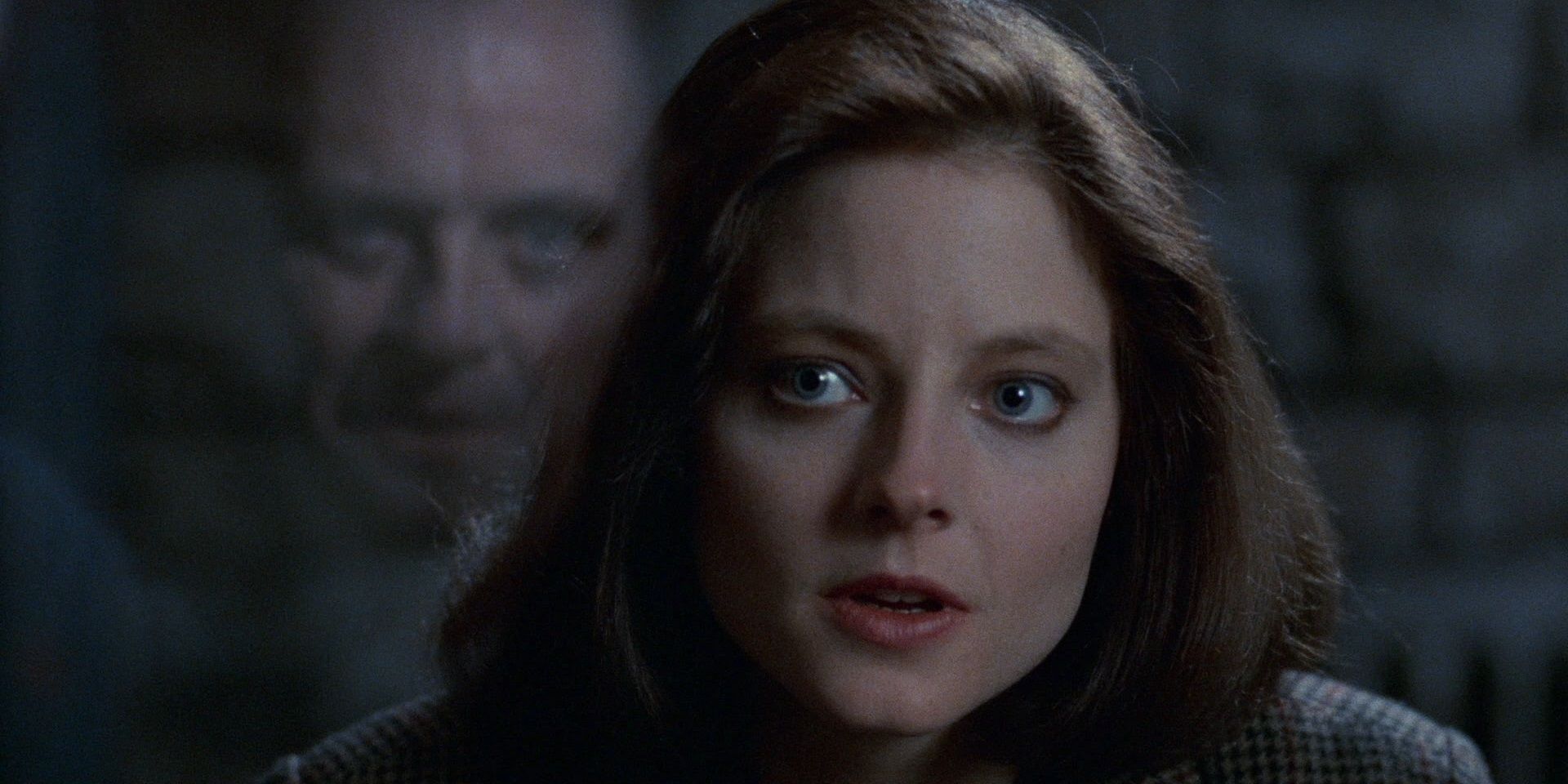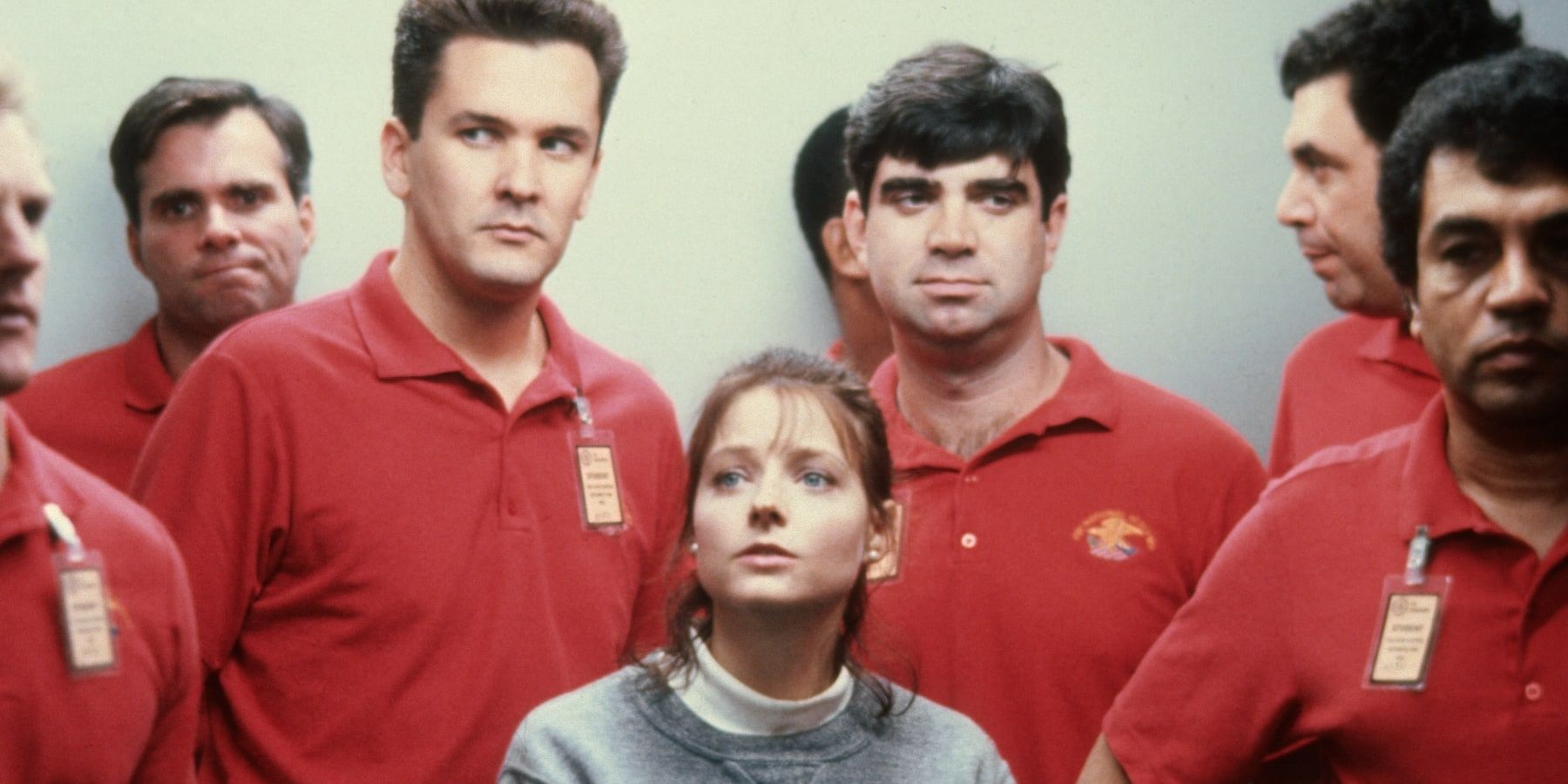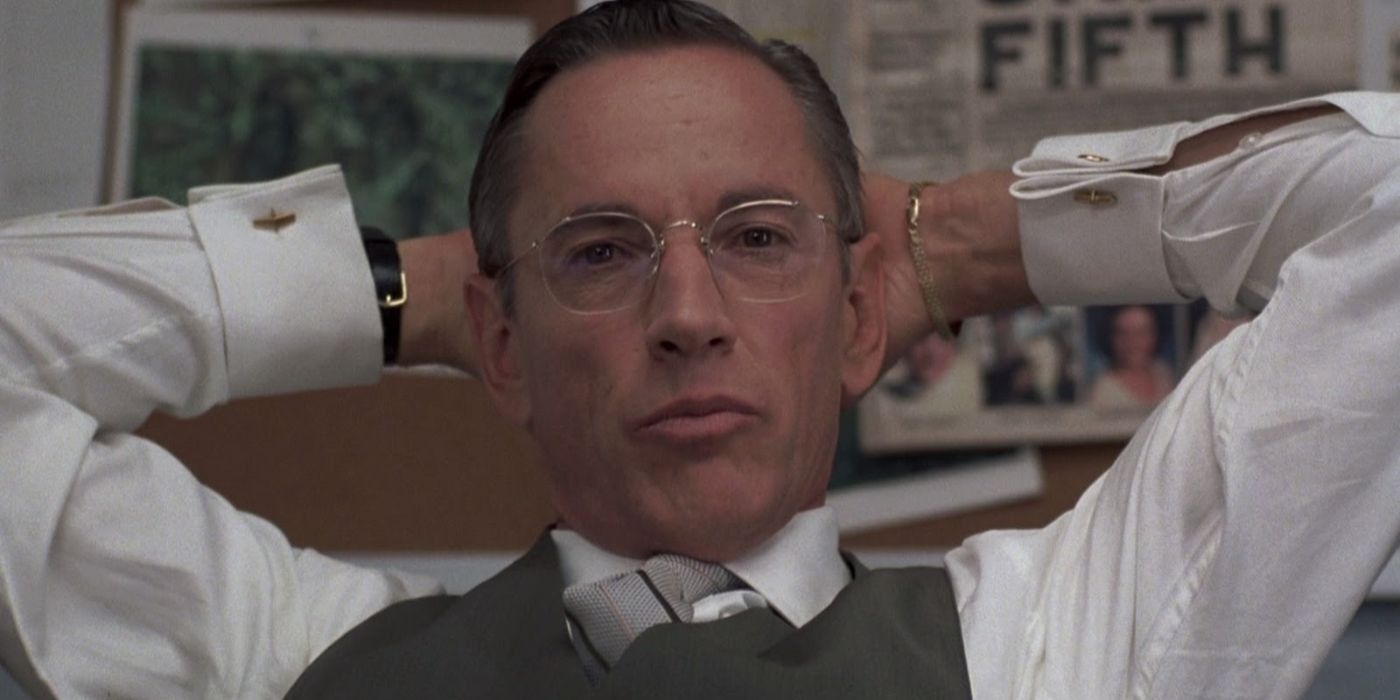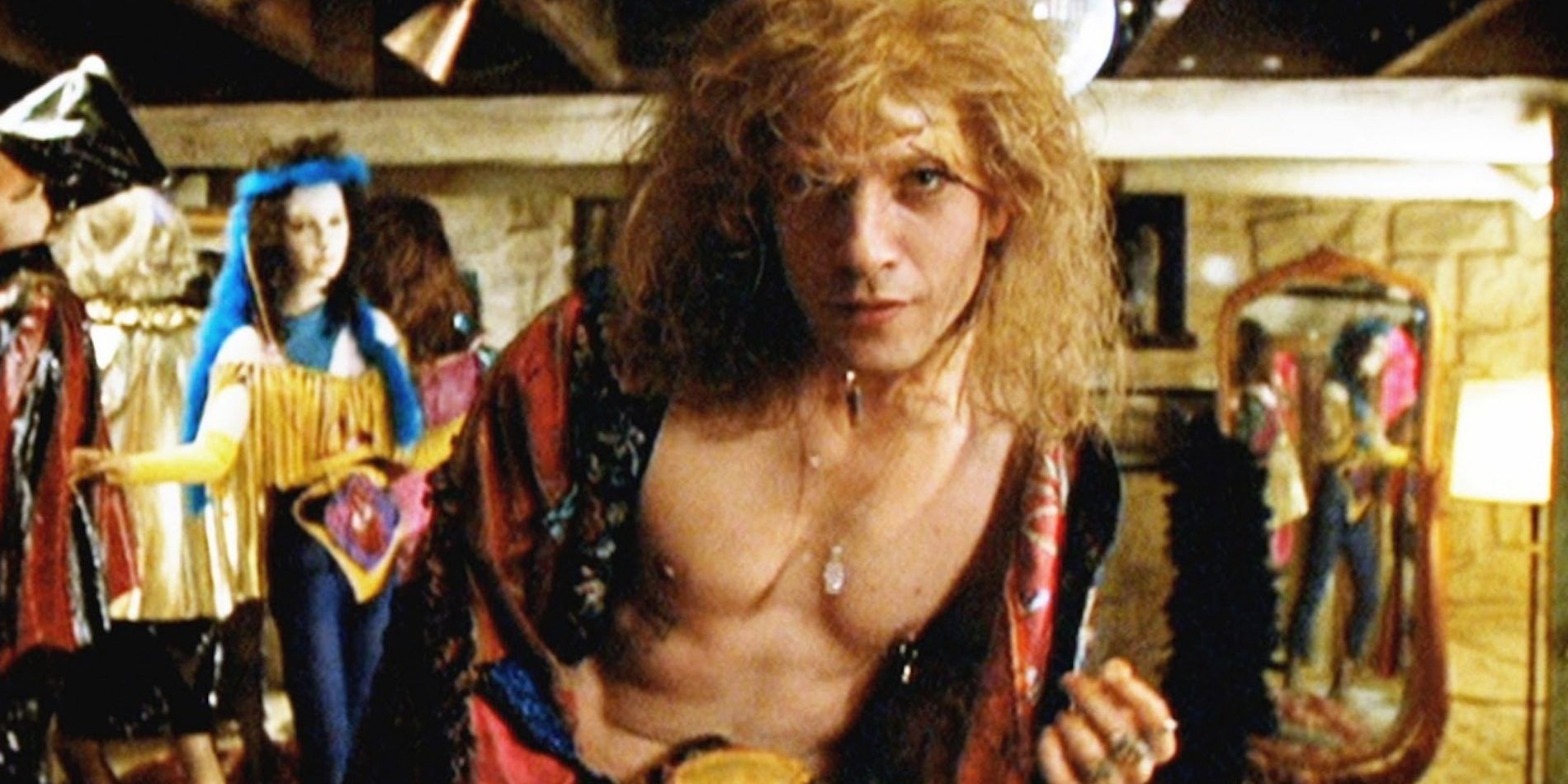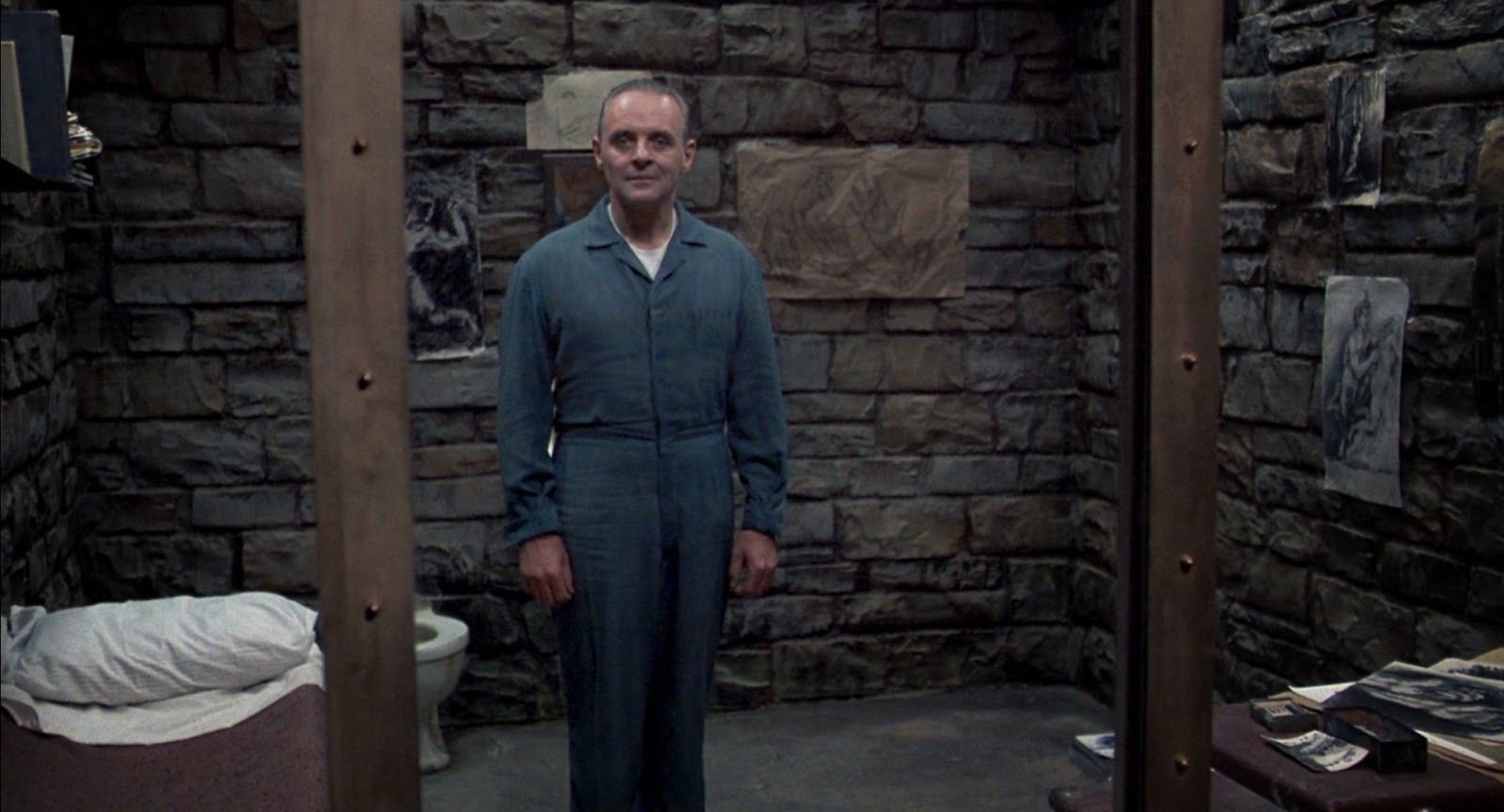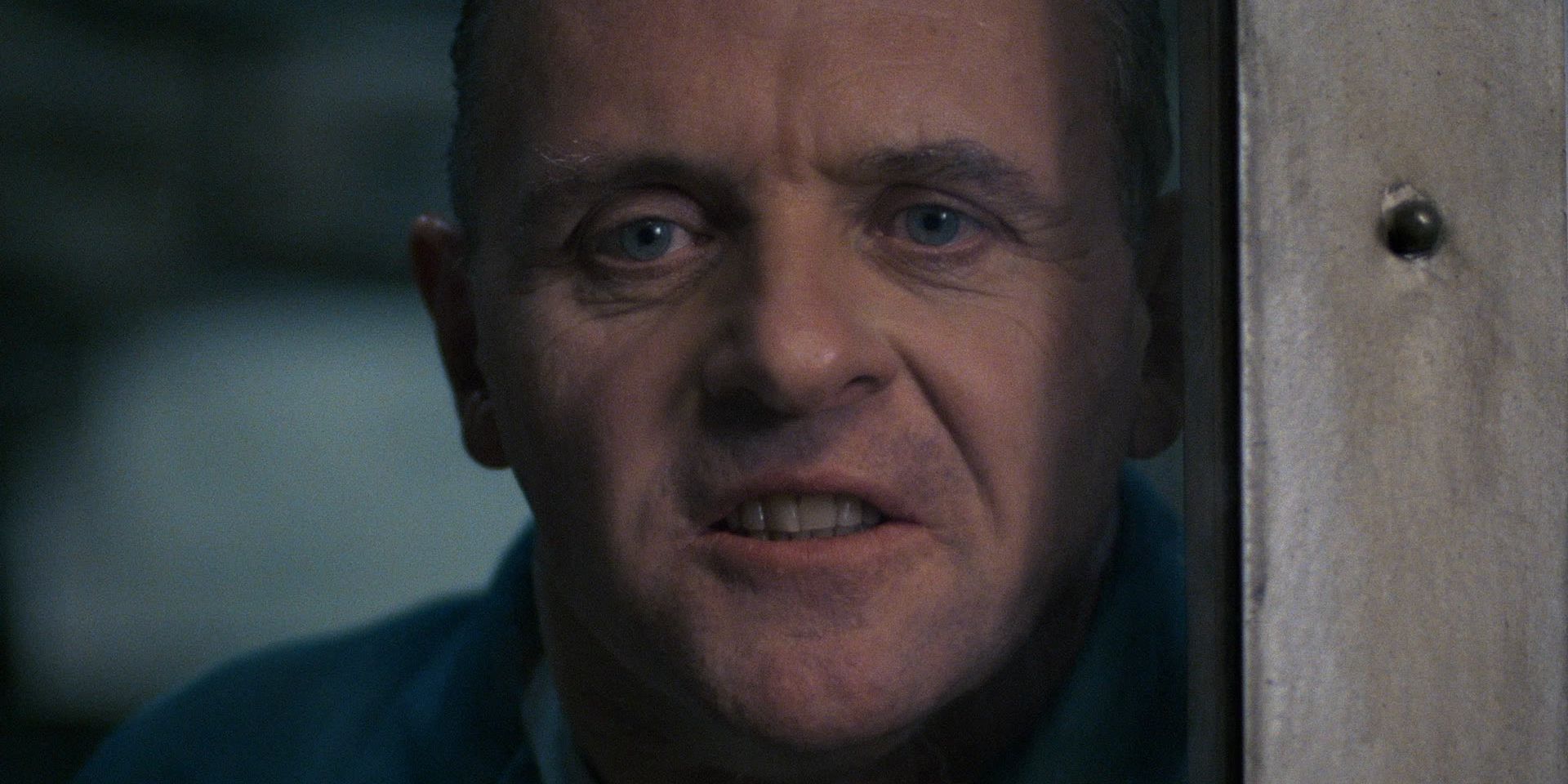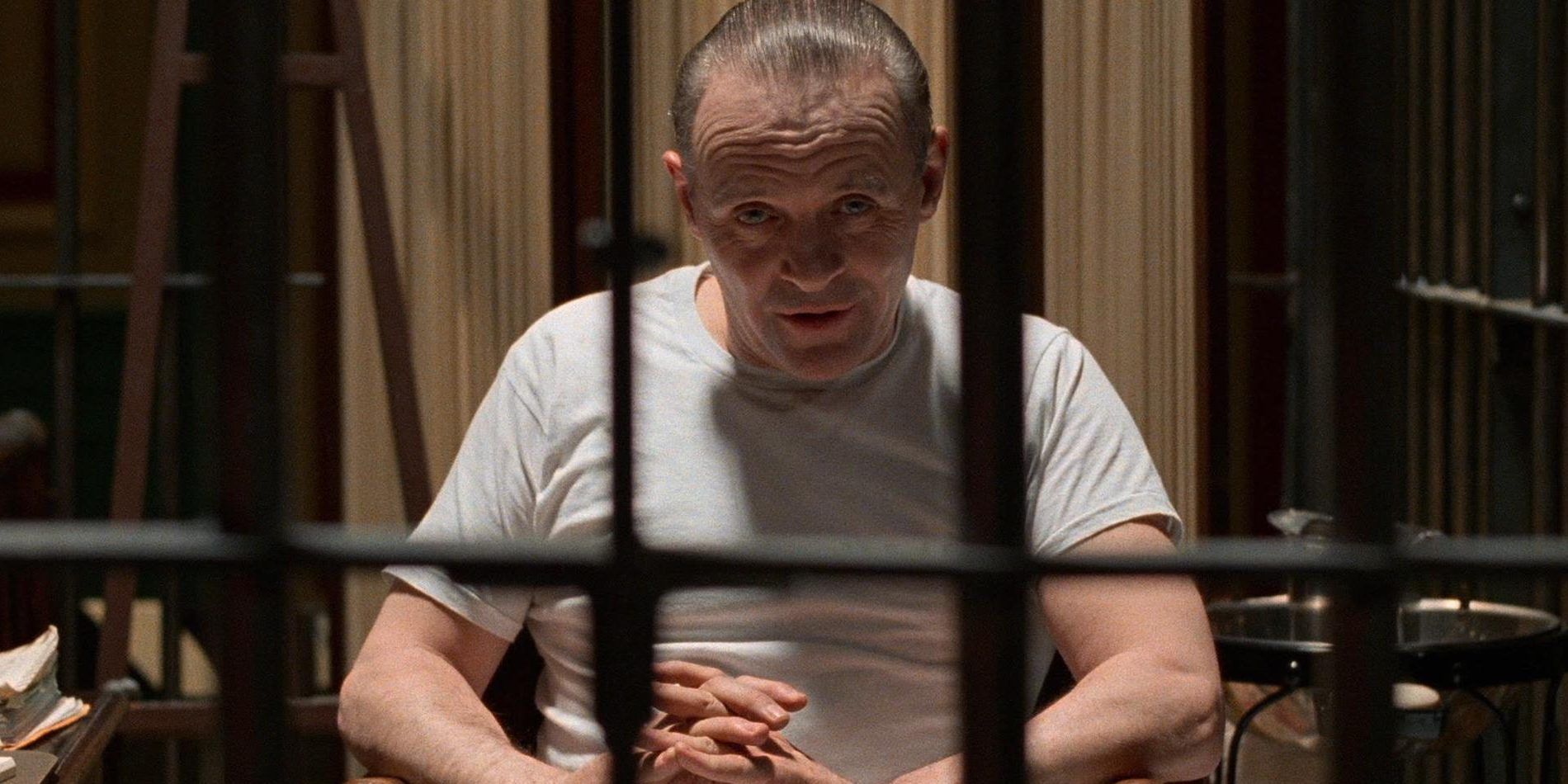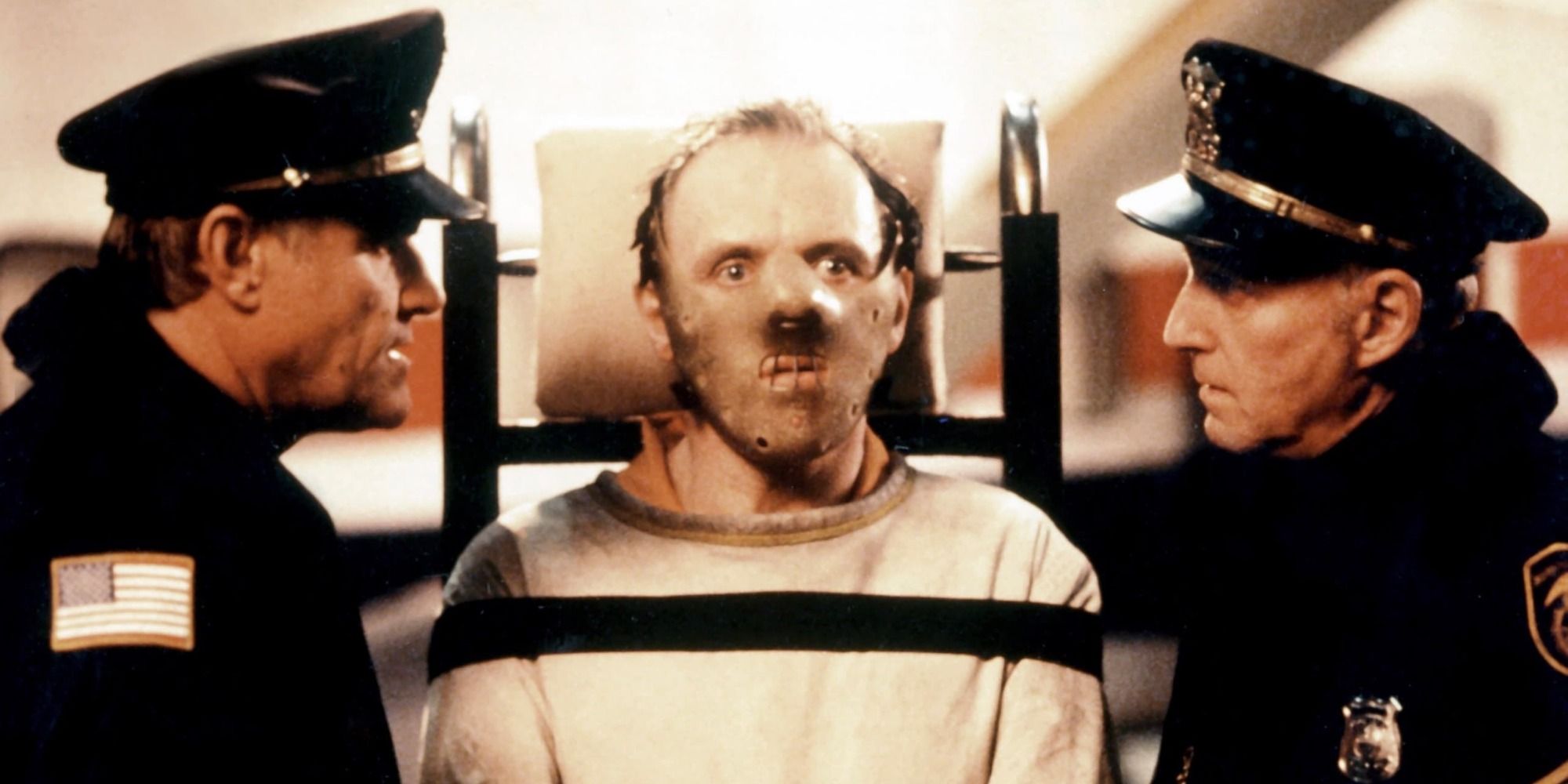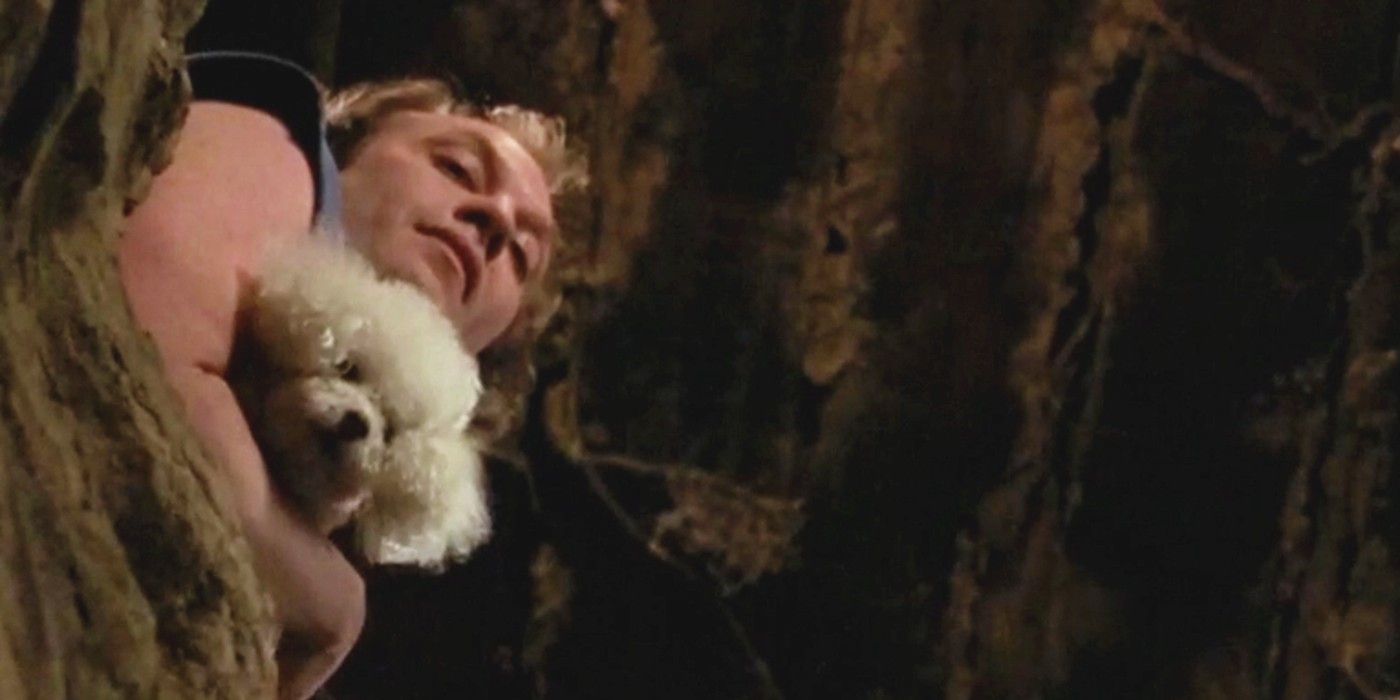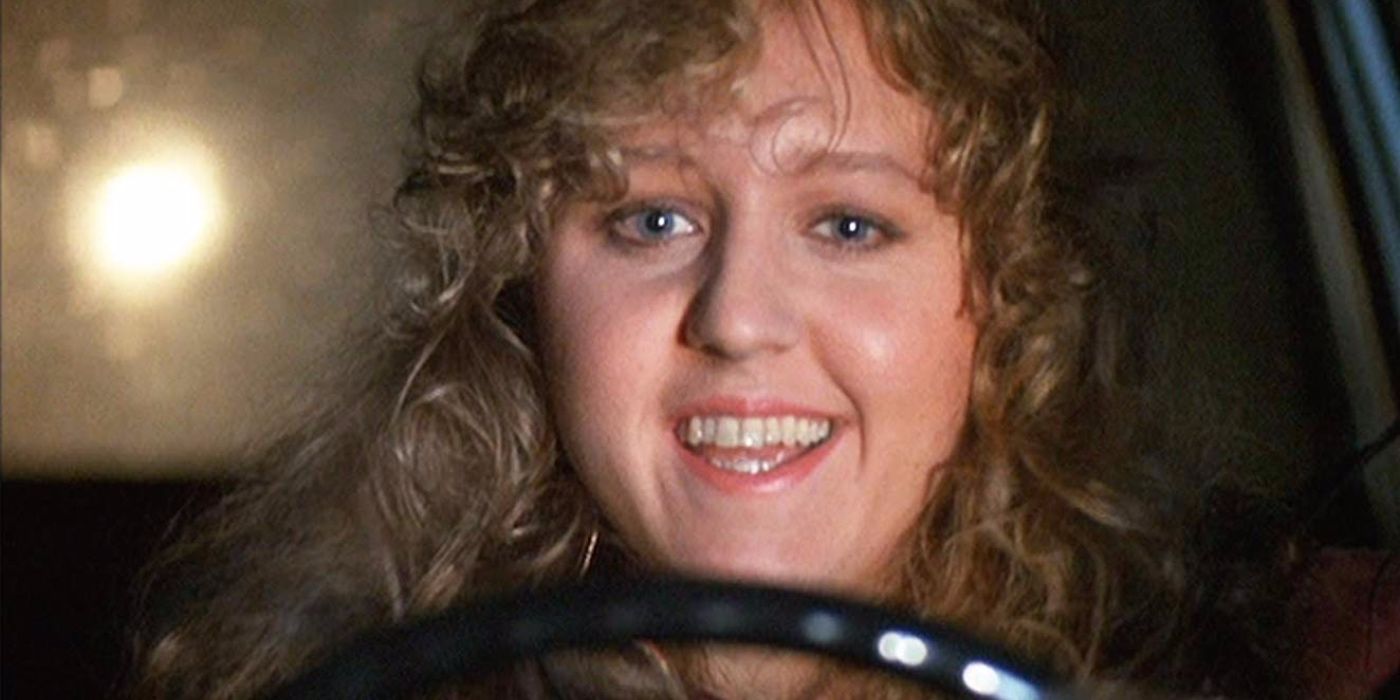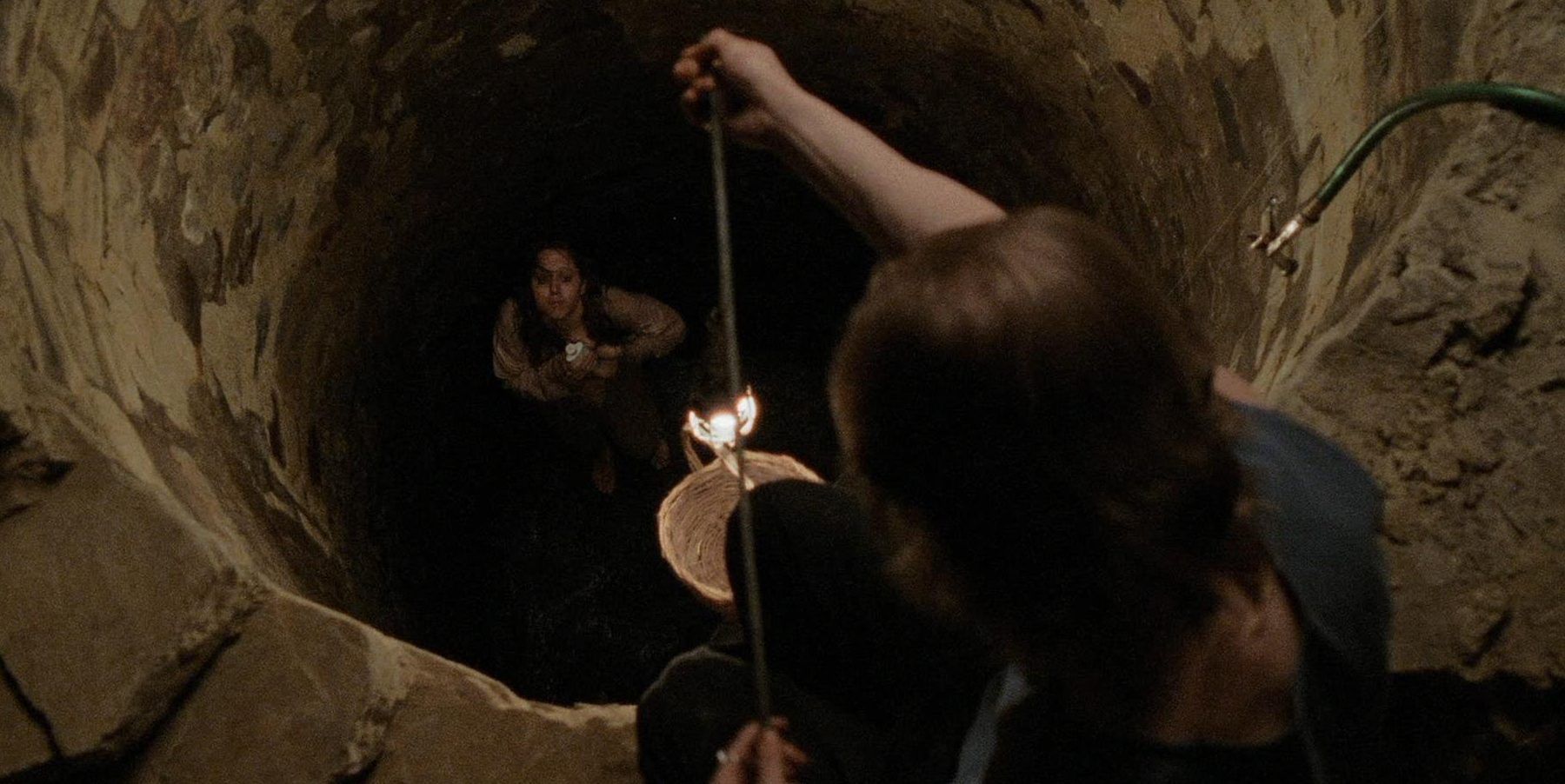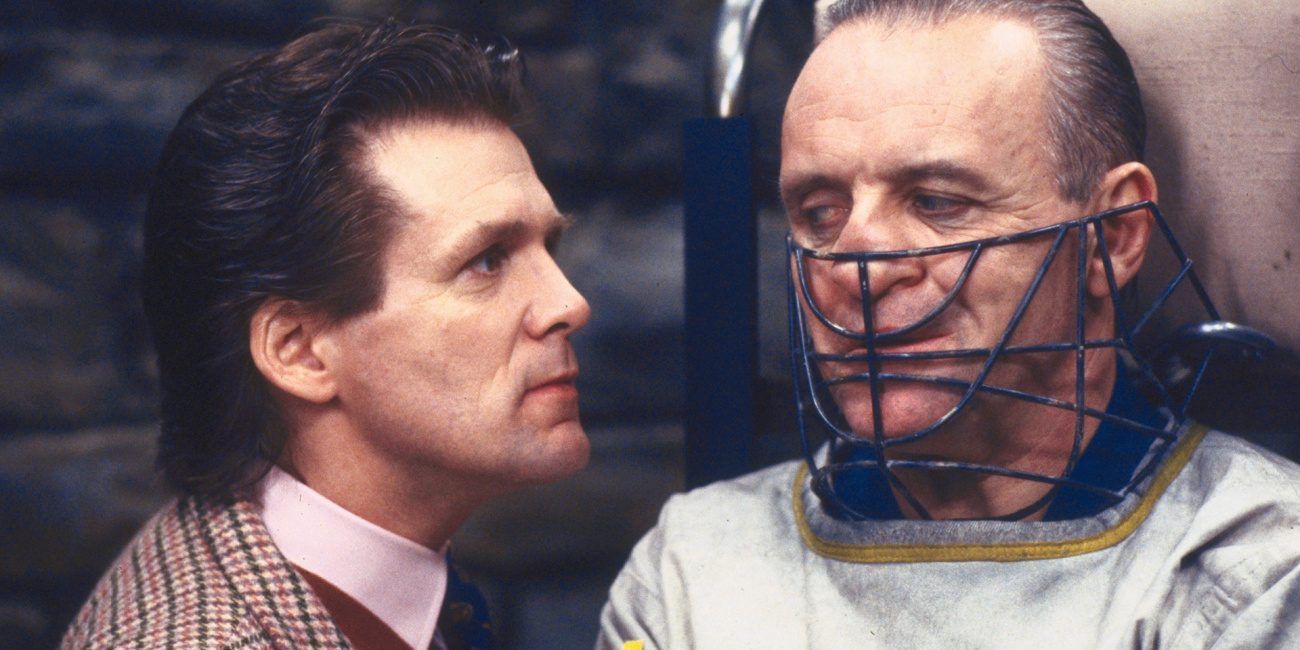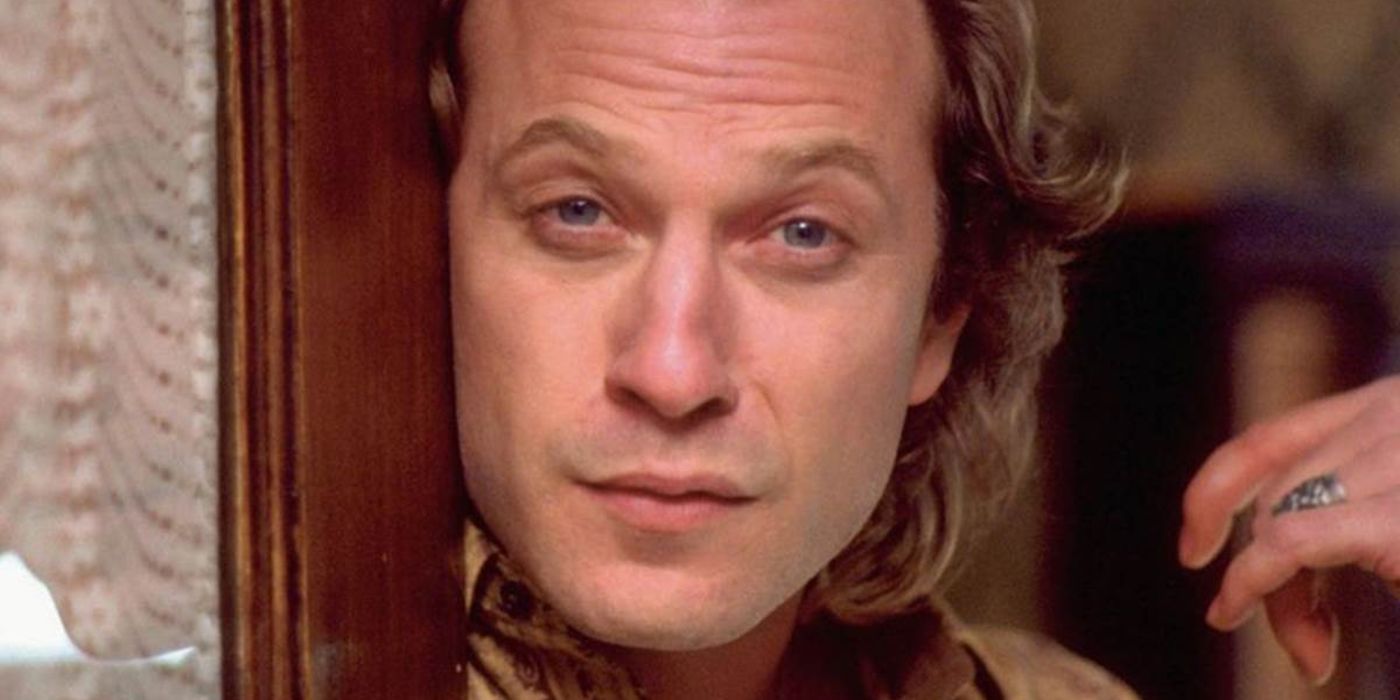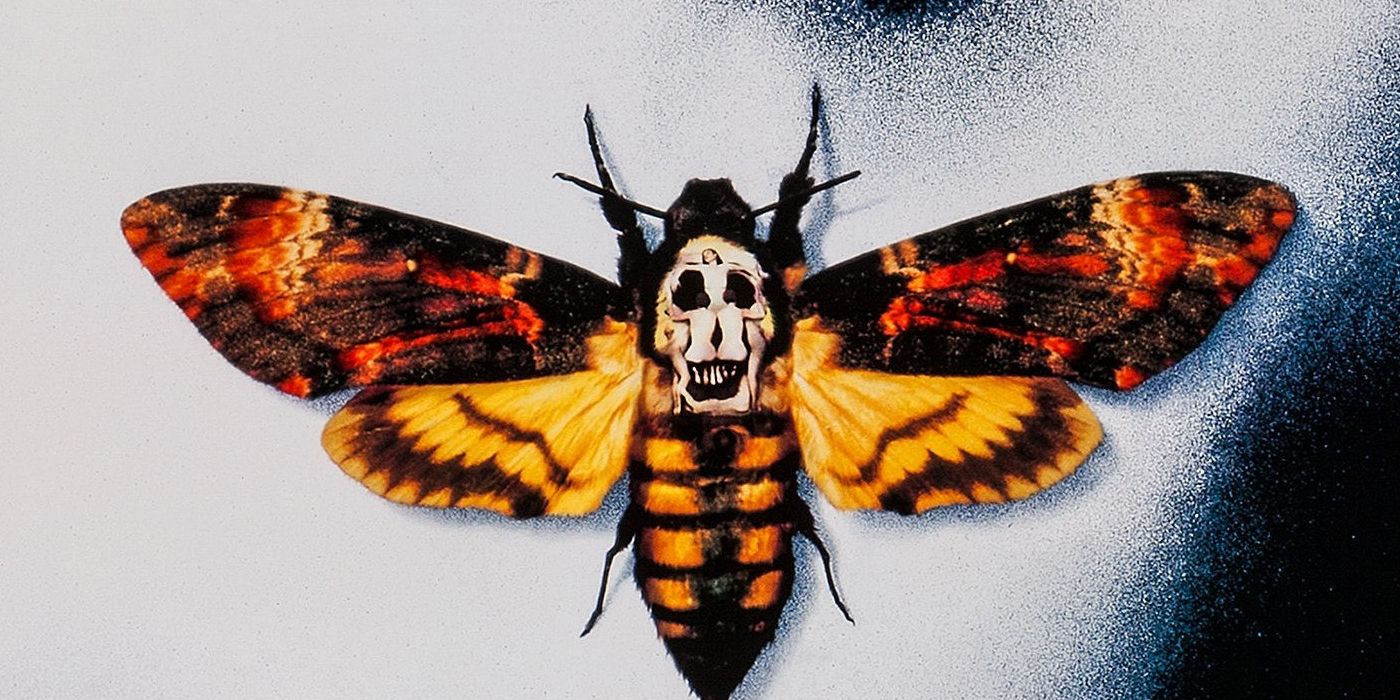In 1991, The Silence of the Lambs scored an unprecedented five Oscars across the Academy Awards' most prestigious categories: Best Actor, Best Actress, Best Director, Best Adapted Screenplay and, most significantly, Best Picture. It was an achievement made unique by the fact that, to all intents and purposes, The Silence of The Lambs was a horror movie and horror films didn't tend to receive much in the way of critical acclaim back then. Steven Spielberg's Jaws and William Friedkin's The Exorcist had earned acclaimed and Academy Award nominations but neither bagged the Best Picture Oscar though. However, then again, The Silence of the Lambs was no ordinary horror movie.
An adaptation of Thomas Harris' novel of the same name, Jonathan Demme's film was a perfect storm of superb direction, casting and had at its heart a gripping cat-and-mouse plot with creepy parallels to real-life. Though many had tried and would go on trying to bring Harris's Hannibal Lecter to the big screen, no other adaptation has come close to matching the macabre magic of Demme's The Silence of the Lambs. Michael Mann's Manhunter was a little too moody and slow-paced for some with Brian Cox's take on Lecter decidedly more restrained. Even Anthony Hopkins, who was so effective in Demme's movie, would struggle to rekindle the same magic in Hannibal and Red Dragon.
Those movie also lacked The Silence of the Lambs' other stellar elements: Ted Levine's Buffalo Bill, Scott Glenn's Jack Crawford and the films emotional heart and central protagonist, Jodie Foster as Clarice Starling. That only tells half the story though.
Here are the 25 Strange Details Behind The Making Of The Silence Of The Lambs.
Jodie Foster and Anthony Hopkins never spoke during filming
During an appearance on The Graham Norton Show, Jodie Foster explained she and Hopkins never spoke during filming. "He was scary!" she said. "We got to the end of the movie and had never really had a conversation."
The pair were separated by a glass partition in their scenes together and Foster’s decision to deliberately keep her distance proved effective.
"I avoided him as much as I could." On the last day of filming, they finally spoke. "He came up to me… And I said — I don’t know, I sort of had a tear in my eye — I was like, ‘I was really scared of you.’ And he said, 'I was scared of you!'"
The Buffalo Bill basement set was just as disturbing as it looked
The movie’s basement scenes were filmed in a disused airplane turbine factory in Pittsburgh. The space allowed the crew to construct a multilevel set that meant Brooke Smith could enter her pit-based prison either through a trap door at the bottom or from the sides. Smith found the experience of being trapped down the pit tough.
"I think I really messed with my own head to do those scenes," she told Rolling Stone. "I literally felt it. I did a number on myself." The film did a number on audiences too – the property used for the exterior shots of Buffalo Bill’s house went on the market a few years and struggled to find a buyer.
Jodie Foster and Ted Levine deliberately stayed away from each other
Jodie Foster deliberately kept a distance from Ted Levine on set. "It was great working with Jodie, but we didn’t interact much," Levine told Rolling Stone. "We stayed away from each other, and I think that was a good choice when you’re the antagonist and you’re dealing with the protagonist. I want to keep that kind of thing going."
It was a different case for Brooke Smith who, despite being held captive by Levine’s character, regularly hung out with him – much to the playful chagrin of Foster. "Jodie used to call me Patty Hearst, because I was always hanging out with Ted."
The original script had a much darker ending
Ted Tally originally wrote a decidedly darker ending that would see Lecter call Clarice from a fancy office while cutting up an orange. After hanging up the call, the camera shot would have widened to reveal Lecter had captured Dr. Chilton, the man overseeing his stay at Baltimore State Hospital for the Criminally Insane.
The movie ended with Lecter rising slowly and approaching Chilton before asking "shall we begin?"
Tally had a change of heart though, telling Deadline: "I was a little miffed. I thought I’d been so clever to work out that ending. But I thought about it and I said, ‘What if Chilton fled the country instead of hiding out in his house?"
Gene Hackman was originally set to direct and star
According to The New Statesman, when Orion Pictures first snapped up the rights to Harris’s novel, the plan was to have Gene Hackman write, direct and star as Hannibal Lecter. Screenwriter Ted Tally even began work on a script. By then, Hackman had scaled back his on-screen involvement to the role of FBI chief Jack Crawford and wanted an actor he referred only to as "Bobby" to play Lecter.
Tally speculates that this could have been Robert Duvall but it’s never been confirmed. In case, it didn’t matter; Hackman bailed on the project soon after with the rumours suggesting his daughter talked him out of it after reading the book. [via Deadline].
Michelle Pfeiffer and Sean Connery were offered lead roles
Jonathan Demme initially had different actors in mind for Clarice Starling and Hannibal Lecter: Sean Connery and Michelle Pfeiffer. "I went right to Michelle because we’d had such a great experience on Mob (1988 movie Married to the Mob), and I felt that she could do anything," Demme once told The Daily Beast.
Pfeiffer turned the role down, citing its dark themes. Connery was a slightly different scenario. "I loved Tony Hopkins from the beginning, but I was trying to be diligent and get a more commercial actor for the part because Tony didn’t have the box office allure that he later gained, so I went to Sean Connery, who found the piece 'repugnant.’"
Jodie Foster said yes after her own experiences
Jodie Foster was motivated to take on the part of Clarice through her own experiences with stalkers and her respect for the work of the FBI. The first, John Hinckley, was obsessed with Foster and Taxi Driver and ended up making an attempt on the life of Ronald Reagan.
The second, Michael Richardson, sent threats when Foster attended a play at Yale.
Both times the FBI played a key role in protecting Foster. Empire revealed how Foster once told Jonathan Demme: “I just need to say in all responsibility to women being victimized all around the world that you can't portray those FBI people as goofy Republicans ... you've got to portray them in the correct way."
Jodie Foster spent time at an FBI Training Facility
According to Empire, Jodie Foster prepared for the role of Agent Starling by immersing herself in the intense daily routines of the specially-selected trainees enrolled at the legendary FBI Academy at Quantico. For weeks, Foster worked and trained alongside some of the brightest young minds in the bureau, enduring the same mental and physical tests designed to separate the wheat from the chaff.
It helped shape her final performance, which was also informed by a series of meetings with John E. Douglas, the man who was running the FBI’s Investigative Support services. Douglas is America’s foremost expert on criminals of this kind and is one of the central characters portrayed in the Netflix series Manhunter.
Scott Glenn took his preparations a little too far
Scott Glenn spent time with FBI unit chief John E. Douglas, the FBI unit chief and a figure author Robert Harris consulted with on criminal behavior of this kind while writing the original Hannibal Lecter novels. Glenn also told People how he also holed himself up in a hotel room listening to a recording of two real-life criminals.
On the tape, the pair outlined, in some detail, their crimes and exactly what they did to their victim. "I lost a certain degree of innocence," Scott Glenn said. "To this day I find myself having unpleasant dreams about the things I found out."
Buffalo Bill was inspired by Ted Bundy, Gary Heidnick, & David Bowie
Ted Levine’s Buffalo Bill was inspired by an amalgam of different real-life criminals. One was Ed Gein who, like Bill, crafted something akin to the movie's "woman suit." Another was Gary Heidnik, who captured and detained his female victims in a specially constructed basement.
"I watched a video of him sitting on a chair, talking directly to the camera about what his intentions were," Levine said of Heidnik to Rolling Stone. The actor also frequented transvestite bars and studied musicians like David Bowie. "I think Gumb at one point thought that he might be a rock star in the mode of a David Bowie, those guys who were really masculine but feminine at the same time."
Anthony Hopkins isn't on screen for long
Anthony Hopkins won the Oscar for Best Actor for his performance as Dr. Lecter despite the fact he only appears on screen for a combined total of 16 minutes throughout the movie's 118-minute running time.
However, while many might assume that would be the shortest on-screen appearance by an actor who went on to with the Academy Award for Best Actor, it’s actually the second shortest. That honour belongs to David Niven, who bagged the Best Actor Oscar for Separate Tables in 1958, even though he appeared for just 15 minutes of screen time.
Anthony Hopkins took inspiration from his childhood
Stories Behind The Screen details how Hopkins studied disturbing criminal files as part of his preparations for the role of Hannibal Lecter. He also visited prisons and was present for several court hearings.
Even so, the actor drew much of his inspiration, and one particular Lecter character trait, from his childhood.
"When I was a kid I’d tell the girls around the street the story about Dracula and I’d go 'th-th-th,'" he once told Radio Times [via Wales Online] "as a result, they’d run away screaming." Hopkins’s performance was also shaped by Jonathan Demme’s vision of Lecter as a "good man trapped inside an insane mind."
Thomas Harris told Jonathan Demme he would never watch the movie
Thomas Harris once called Jonathan Demme to say [via Deadline]: “Jonathan, I hope you don’t take this the wrong way, but I won’t come up and see a work in progress screening; I probably will never see the final film. I think you’re an excellent choice of director. You’re going to do a good job. I love the casting, but I’m probably never going to see the movie.”
Harris cited the experience of fellow author John le Carré, who saw an episode of the BBC adaptation of his book, with Alec Guinness as George Smiley. "Le Carré said he could never write Smiley again, because now Alec Guinness owns him," he said.
Jonathan Demme deliberately shied away from any on-screen violence
Writer Ted Tally recalled to Deadline how Jonathan Demme was always determined to shy away from any gratuitous on-screen violence. He wanted audiences to fill in the blanks in an approach more in line with Alfred Hitchcock’s Psycho.
"From the time Jonathan and I met to talk about the first draft, he said 'We have to get inside the audience’s imagination. We have to let them do the work. You can’t shove this stuff in their face,'" Tally said. The result is a surprisingly bloodless movie despite the dark and often disturbing subject matter.
Demme was criticized by the gay community over Buffalo Bill
"Jame Gumb isn’t gay," Jonathan Demme once explained to The Daily Beast.
"And this is my directorial failing in making The Silence of the Lambs — that I didn’t find ways to emphasize the fact that Gumb wasn’t gay, but more importantly, that his whole thing is that Lecter’s profile on Gumb was that he was someone who was terribly abused as a child, and as a result of the abuse he suffered as a child, had extreme self-loathing, and whose life had become a series of efforts to not be himself anymore. The idea is that by turning himself into a female, then surely Gumb can feel like he has escaped himself," he said.
Brooke Smith had to gain a lot of weight for the role
Brooke Smith, who played Buffalo Bill’s would-be victim Catherine Baker Martin, was required to gain 25 pounds for the role. "I was in an acting class with Vincent D’Onofrio when I got the role, and he had just done Full Metal Jacket," Smith told Rolling Stone.
"So he said, 'You gotta ask the producers to give you a credit card. They gotta pay for your food.' So I did, and we always joked that that’s why they went over budget … because of my food," she said.
That was the easy part. The hard part came later. “They helped me gain the weight, but they didn’t help me lose it.”
Brooke Smith locked herself in a wardrobe to prepare for the role
To help prepare for the role of the captive Catherine Baker Martin, Brooke Smith spent time down in Tennessee where she worked on her accent. Smith also decided to lock herself in a closet in her parents’ basement to try and help capture the sense of terror her character would have felt while she was being held by Buffalo Bill. It worked, though almost a little too well.
"I think I stayed longer than I wanted to,” Smith told Rolling Stone. “It was probably just a couple of hours, but it was trying to see exactly what it would feel like. I imagine he didn’t leave the light on when he left.”
The look of Lecter's FBI escape was inspired by the art of Francis Bacon
Jonathan Demme and production designer Kristi Zea took inspiration from artist Francis Bacon when constructing the memorable shot depicting the violent chaos left behind by Lecter following his escape from the cell he’s temporarily held at during his visit to Memphis. It was a moment that Jonathan Demme, who was keen to avoid gratuitous violence, struggled with until his Zea began showing him Bacon artwork.
"I get creeped out by Francis Bacon’s paintings," Demme told Deadline. "There is an almost nimbus-like quality behind some of his frightening characters and stuff. There was a little bit of the archangel, a bit of the butterfly, definitely, in that shot."
Buffalo Bill's infamous dance was originally very, very different
Ted Levine improvised almost all of the moves witnessed in Buffalo Bill’s infamous dance scene – including the particular moment of tucking. Originally, Jonathan Demme had intended Levine’s disturbing dance to be choreographed to the sound of Bob Seger’s more up-tempo track Her Strut.
However, Levine found the synth-heavy, dreamlike "Goodbye Horses" by Q Lazzarus was a better fit for the unsettling sequence. "When [Goodbye Horses] came up, it served my purposes better," Levine said to Rolling Stone. "It made it a little gentler and stranger. It wasn’t just so crass and [intimate]. It was a little bit more feminine, and I liked that."
The movie's iconic moths were a nightmare to track down
Ray Mendez served as moth wrangler and stylist on The Silence of the Lambs. He is one of Hollywood’s go-to guys for all things bug-related, and his other notable credits include Creepshow and Joe’s Apartment.
His eye for detail ensured everything moth-related in Buffalo Bill’s house appeared as authentic as possible, right down to the Death’s-head hawkmoth that play a prominent role in the movie.
According to The New Yorker, this ended up being the trickiest part, as the only colony of the moths available at the time was in England where they had contracted a virus. Mendez worked around the problem, finding another species of moth and dressing them to appear like a Death’s-head hawkmoth.

